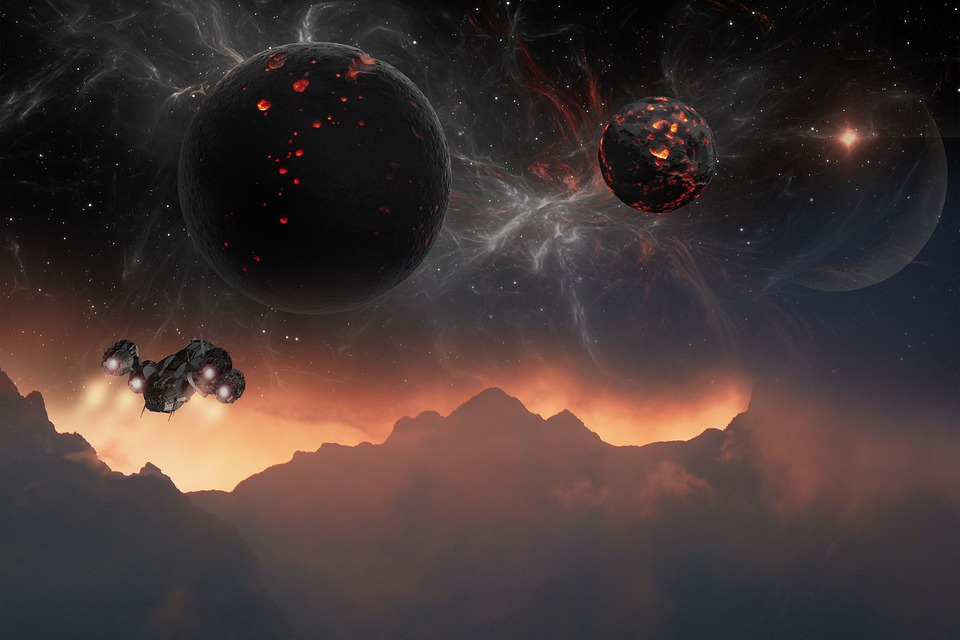The Gender Divide in Science Fiction
Science fiction has long been a popular genre in literature, film, and television, exploring futuristic worlds, technology, and the human experience beyond our current understanding. However, for much of its history, the genre has been dominated by male voices, with female authors and characters often pushed to the sidelines. This gender divide in science fiction has not only shaped the stories we see and read, but has also impacted the representation of women in STEM fields and the broader cultural understanding of gender roles.
Historical Context
Science fiction has its roots in the pulp magazines of the early 20th century, which were populated by male writers and readers. As the genre evolved, iconic works like Isaac Asimov’s “Foundation” series and Arthur C. Clarke’s “2001: A Space Odyssey” became touchstones for the genre, solidifying the image of science fiction as a male-dominated space. Female authors like Ursula K. Le Guin and Octavia Butler did break into the scene, but faced challenges in gaining recognition and acceptance within the community.
Despite these barriers, some female authors managed to carve out their own space in the genre. For example, Mary Shelley’s “Frankenstein” is often considered one of the earliest science fiction novels, challenging the notion that women were incapable of engaging in the exploration of scientific and philosophical ideas. However, these exceptions were often overshadowed by the overwhelming majority of male voices in the genre.
Women Breaking Barriers
In recent years, there has been a significant shift in the gender dynamics of science fiction, with women authors and characters playing a more prominent role in shaping the genre. Authors like N.K. Jemisin, Ann Leckie, and Becky Chambers have achieved critical and commercial success, challenging traditional notions of what science fiction can be and who can write it. Their works feature complex female protagonists, diverse perspectives, and social commentary on gender and power dynamics.
One of the key ways in which women are breaking barriers in science fiction is through the representation of women in STEM fields. Historically, female characters in science fiction were often relegated to the roles of love interests, damsels in distress, or token scientists. However, contemporary authors are creating characters who are scientists, engineers, and leaders in their own right, showcasing the diverse talents and contributions of women in these fields.
Impact on Culture and Society
The increased visibility of women in science fiction has had a profound impact on culture and society, challenging stereotypes and inspiring a new generation of writers and readers. By presenting women as protagonists, problem-solvers, and visionaries, these stories are reshaping the way we think about gender roles and the potential of women in STEM fields.
Furthermore, the representation of diverse voices in science fiction is helping to broaden the genre’s appeal and reach new audiences. By addressing issues of race, gender, sexuality, and identity, these stories are sparking important conversations about inclusivity and representation in the genre and beyond.
Conclusion
The gender divide in science fiction is slowly but surely being bridged, as women authors and characters continue to push boundaries and break barriers in the genre. By challenging traditional stereotypes and presenting new perspectives on gender and power dynamics, these stories are reshaping the cultural landscape of science fiction and inspiring a new generation of writers and readers.
As we move forward, it is essential that the voices of women and other marginalized groups are heard and supported in the genre, in order to create a more inclusive and diverse vision of the future. By embracing these new voices and perspectives, science fiction can continue to evolve and thrive as a genre that reflects the complexities and possibilities of the human experience.
